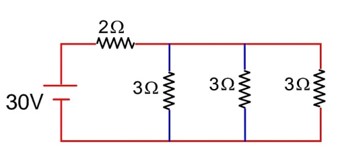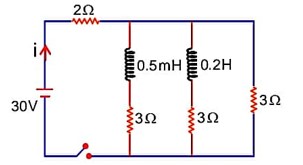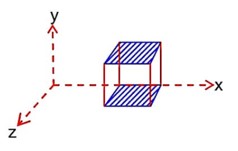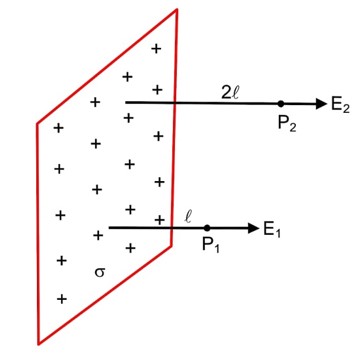Physics Electric Charge and Field
Get insights from 91 questions on Physics Electric Charge and Field, answered by students, alumni, and experts. You may also ask and answer any question you like about Physics Electric Charge and Field
Follow Ask QuestionQuestions
Discussions
Active Users
Followers
New answer posted
3 months agoBeginner-Level 5
When two or more individual charges are present in a system, the total charge will be an algebraic sum of all individual charges and not the vector sum. Therefore, an electric charge is considered as a scalar quantity.
New answer posted
3 months agoWhy do conductors have a positive charge, a lack of free electrons, not as excess number of protons?
Beginner-Level 5
This is an interesting question! Even though a proton has a positive charge, the net positive charge in a conducting material is always due to the removal of free electrons.
This happens due to the availability of only free electrons in all conductors. Since protons are present in the nucleus, they can not roam freely in the conductor, as electrons travel freely in the conductor due to their presence in the outer shell.
New answer posted
3 months agoContributor-Level 10
In given circuit inductor behave as a simple wire so resultant circuit will be
Ref = 2 + 1 = 3
V = IR

New answer posted
3 months agoContributor-Level 10
Direction of E in the direction of y axes so flux is only due to top and bottom surface for bottom surface y = 0 E = 0
and for top surface y = 0.5 m So
Gausses law
New answer posted
3 months agoTaking an Exam? Selecting a College?
Get authentic answers from experts, students and alumni that you won't find anywhere else
Sign Up on ShikshaOn Shiksha, get access to
- 65k Colleges
- 1.2k Exams
- 679k Reviews
- 1800k Answers



